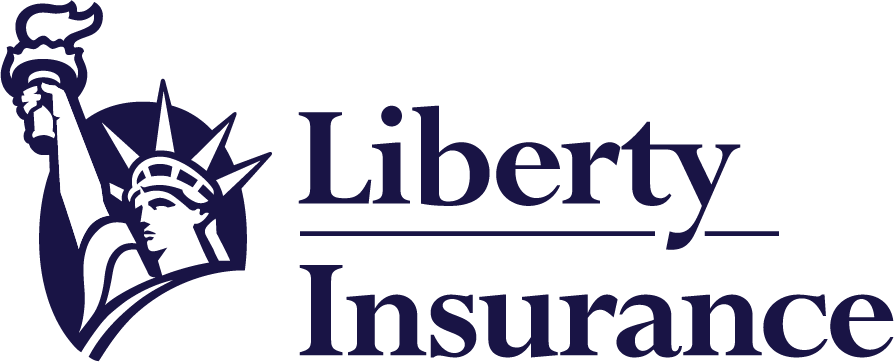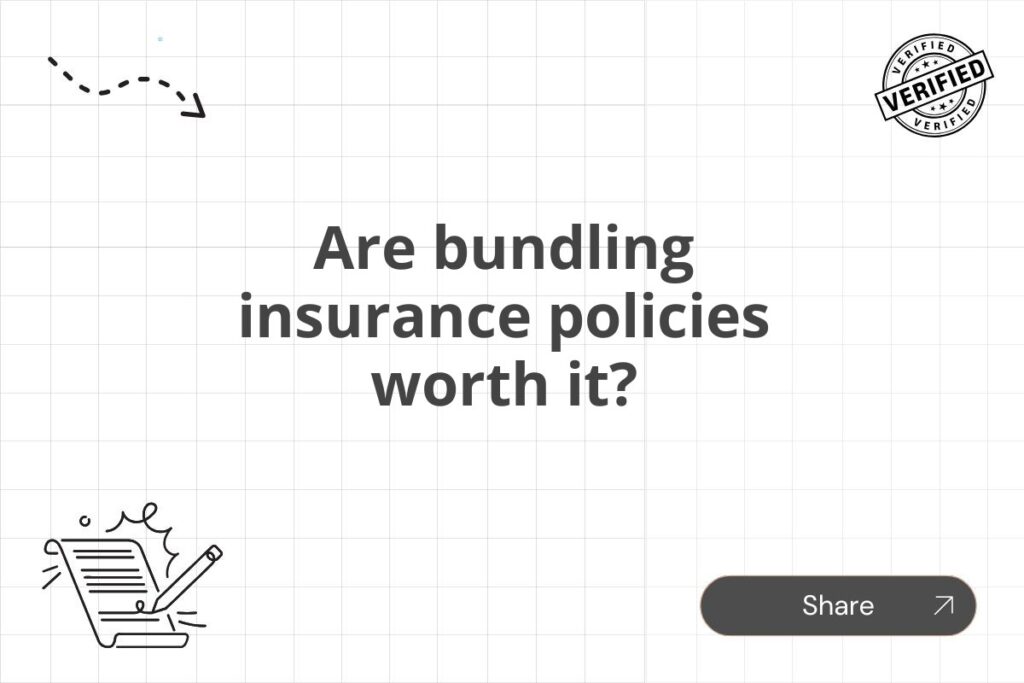Meta Description: Considering bundling your insurance policies? Discover the pros and cons, potential savings, and crucial factors to consider before deciding if it’s the right choice for you. Learn how to make an informed decision to optimize your insurance coverage and budget.
Are bundling insurance policies worth it? This is a question many homeowners, renters, and drivers ask themselves when navigating the complexities of insurance. The allure of potential savings is undeniable, but is the convenience and discount worth any potential drawbacks? This comprehensive guide will explore the advantages and disadvantages of bundling insurance policies, helping you determine if it’s the right financial strategy for your unique circumstances.
The concept of bundling insurance is straightforward: purchasing multiple insurance policies—such as home, auto, renters, or life insurance—from a single provider. Insurance companies often offer discounts for bundling, incentivizing customers to consolidate their coverage. However, the true value proposition goes beyond a simple discount; it involves weighing the benefits against potential drawbacks and assessing whether it aligns with your individual needs and risk profile.
Understanding the Advantages of Bundling Insurance
Bundling insurance policies offers several compelling advantages that can significantly impact your financial well-being:
Cost Savings: The Primary Incentive
The most significant benefit of bundling is the potential for substantial cost savings. Insurance companies reward loyalty and streamlined administration by offering discounts, sometimes exceeding 15%, for customers who bundle their policies. These discounts can translate into hundreds or even thousands of dollars in savings annually, making a considerable difference in your overall budget.
Simplified Billing and Management: Streamlined Administration
Managing multiple insurance policies from different providers can be cumbersome. Bundling simplifies this process by consolidating all your policies under one provider, resulting in a single bill and a single point of contact for all your insurance needs. This simplifies payments, policy updates, and claims processing, saving you time and administrative hassle.
Improved Customer Service: Personalized Attention
Bundling often leads to improved customer service. When you’re a valued multi-policy customer, insurance companies tend to provide more personalized attention and quicker response times to your inquiries and claims. This is because retaining a bundled customer is often more beneficial to the company than acquiring a new customer.
Potential for Add-on Benefits: Expanded Coverage
Some insurance providers offer additional benefits or perks to customers who bundle their policies. These can include discounts on other services, access to exclusive programs, or enhanced coverage options not typically available to those with individual policies. Always check the fine print to understand the exact benefits included in your bundled package.
Examining the Potential Drawbacks of Bundling
While bundling offers numerous advantages, it’s essential to consider potential drawbacks before making a decision:
Limited Choice and Flexibility: Restricted Options
Bundling often means limiting your choices. You might not find the best coverage or the most competitive rates for each individual policy if you’re locked into a single provider. It’s crucial to compare rates and coverage options across multiple companies before committing to a bundled package to ensure you are not sacrificing quality or comprehensive coverage for the sake of convenience.
Difficulty Switching Providers: Locked-In Contracts
Switching insurance providers can be more complicated when your policies are bundled. Terminating one policy might necessitate renegotiating others, creating potential disruptions in your coverage. This lack of flexibility can be particularly problematic if you’re unhappy with the service or if you discover a better deal elsewhere.
Potential for Higher Overall Costs: Hidden Fees
While bundling often leads to discounts, it’s crucial to compare the total cost of bundled policies with the cost of purchasing individual policies separately. Sometimes, the bundle discount might not offset the higher premiums charged for individual components of the bundle, especially if you’re a low-risk individual.
Lack of Customization: One-Size-Fits-All Approach
Bundled insurance packages may not always offer the level of customization you need. Your individual insurance needs may vary significantly for different aspects of your life, requiring specific policy features or coverage levels that might not be adequately addressed in a bundled package.
Making an Informed Decision: Factors to Consider
Determining whether bundling insurance policies is worthwhile depends on several factors specific to your individual circumstances:
Conclusion: Weighing the Pros and Cons
Bundling insurance policies can offer significant advantages, primarily in the form of cost savings and streamlined administration. However, it’s essential to weigh these benefits against potential drawbacks such as limited choice, difficulty switching providers, and the risk of higher overall costs. Before deciding, carefully assess your risk profile, budget, insurance needs, and willingness to compromise flexibility. Conduct thorough research, compare quotes from multiple insurers (both bundled and individual options), and make an informed decision that aligns with your specific circumstances and financial priorities. Only then can you confidently determine if bundling your insurance policies is truly worth it for you.
Remember, the ultimate goal is to secure comprehensive and affordable insurance coverage tailored to your individual needs. Don’t solely focus on the potential discount—carefully consider the overall value and coverage provided before making your decision.






















